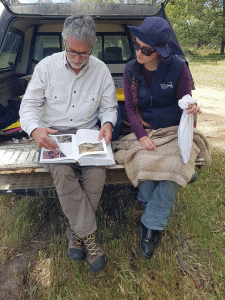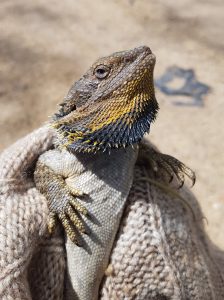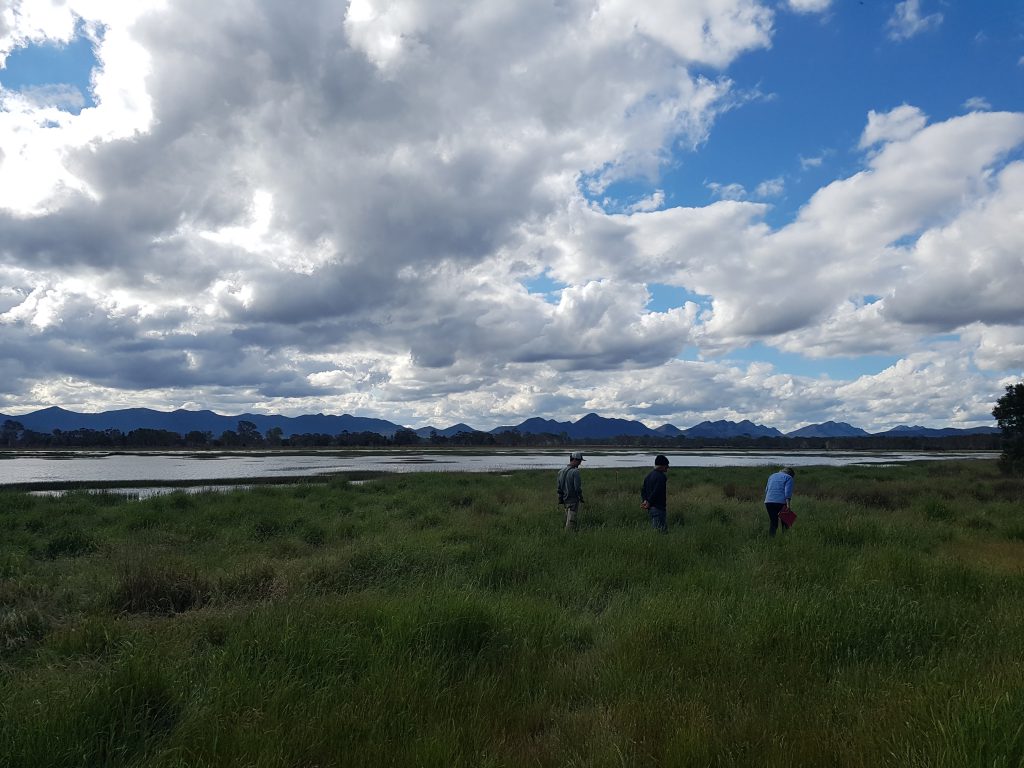Summing up a busy week of terrestrial fauna surveys at Walker Swamp
It was an action packed week at Walker Swamp a couple of weeks ago, with terrestrial fauna surveys beginning for the first time at this site, helping us to describe the baseline condition of the site before major restoration works commence in 2019.
On day 1, Greg, Mischa, Jonathan, Andy, and I rendezvoused at Walker Swamp, near Dunkeld to finish setting up the trap lines and place bait to lure in the critters.
Our survey design involved the use of pitfall, Elliott, and cage traps. Pitfalls are buckets or PVC pipes buried so that the rim of the bucket is level with the surrounding ground. The pitfalls are intersected with a low flywire fence which directs unsuspecting small animals into the traps. Elliott traps are small aluminium boxes with a door that is triggered when an animal enters. These methods are commonly used to survey small mammals, reptiles, and amphibians.
Traps were set at six sites throughout the property in a mixture of habitats, including remnant bush, recently cleared blue gum, plantation, and near water sources. Unsurprisingly, sites with better quality habitat and connectivity seemed to have higher species richness and abundance.
The surveys showed a lot of skink and frog activity, with several species of each recorded. Small mammal captures were low, with just one (non-native) house mouse caught in a pitfall and several brush-tail possums in the cage traps. A number of blue-tongued lizards were also caught in the Elliotts, and a bearded dragon was spotted opportunistically.
In addition to the trapping surveys, we also conducted day-time walked searches and nocturnal spotlighting, as well as flora surveys, red gum assessments, and camera trapping is ongoing. Frog call recorders will soon be installed, and we are planning to conduct bat surveys next year.
It is intended that repeating these surveys again in future will enable us to evaluate our restoration efforts at the property – so watch this space, as it will be exciting to see the changes over the years ahead!
This project is supported by the Victorian State Government’s Climate Change Innovation Grants Program.





